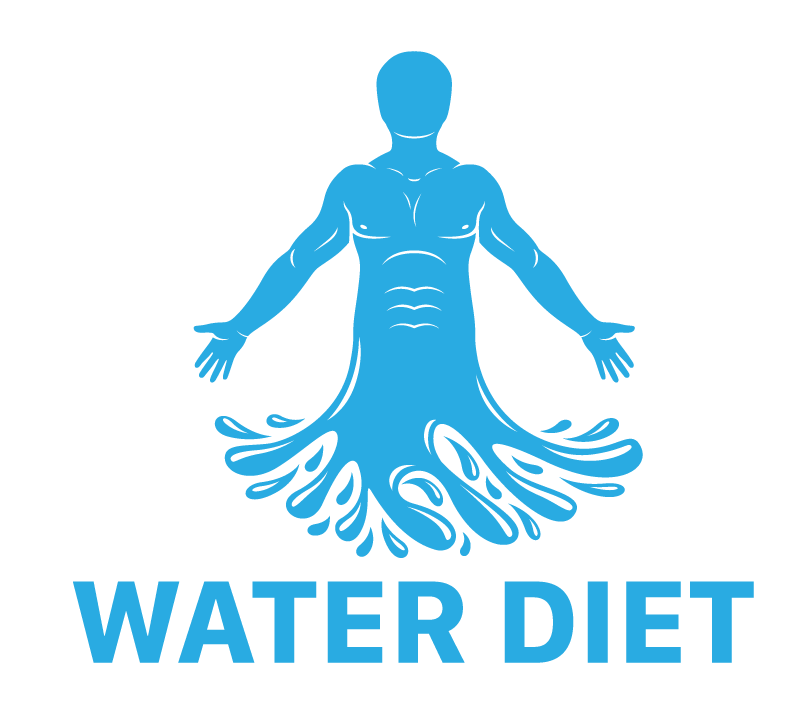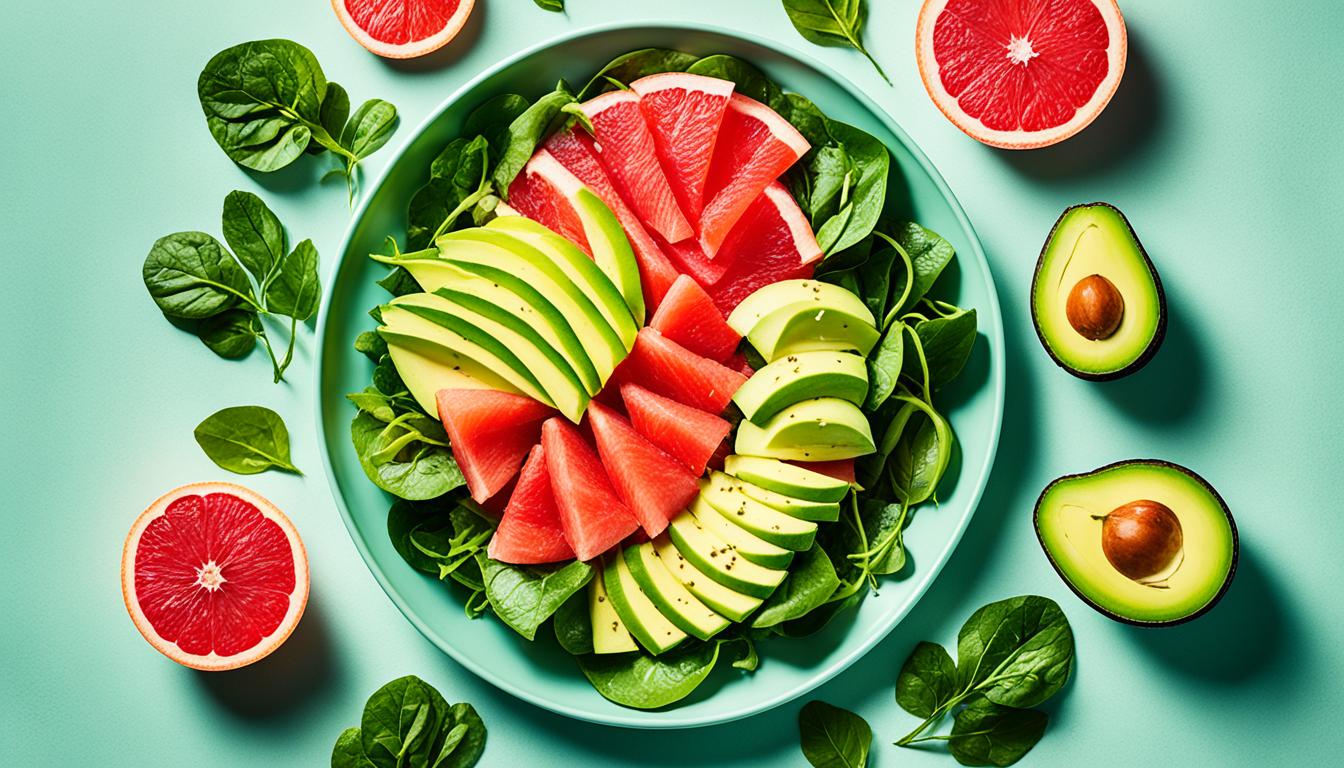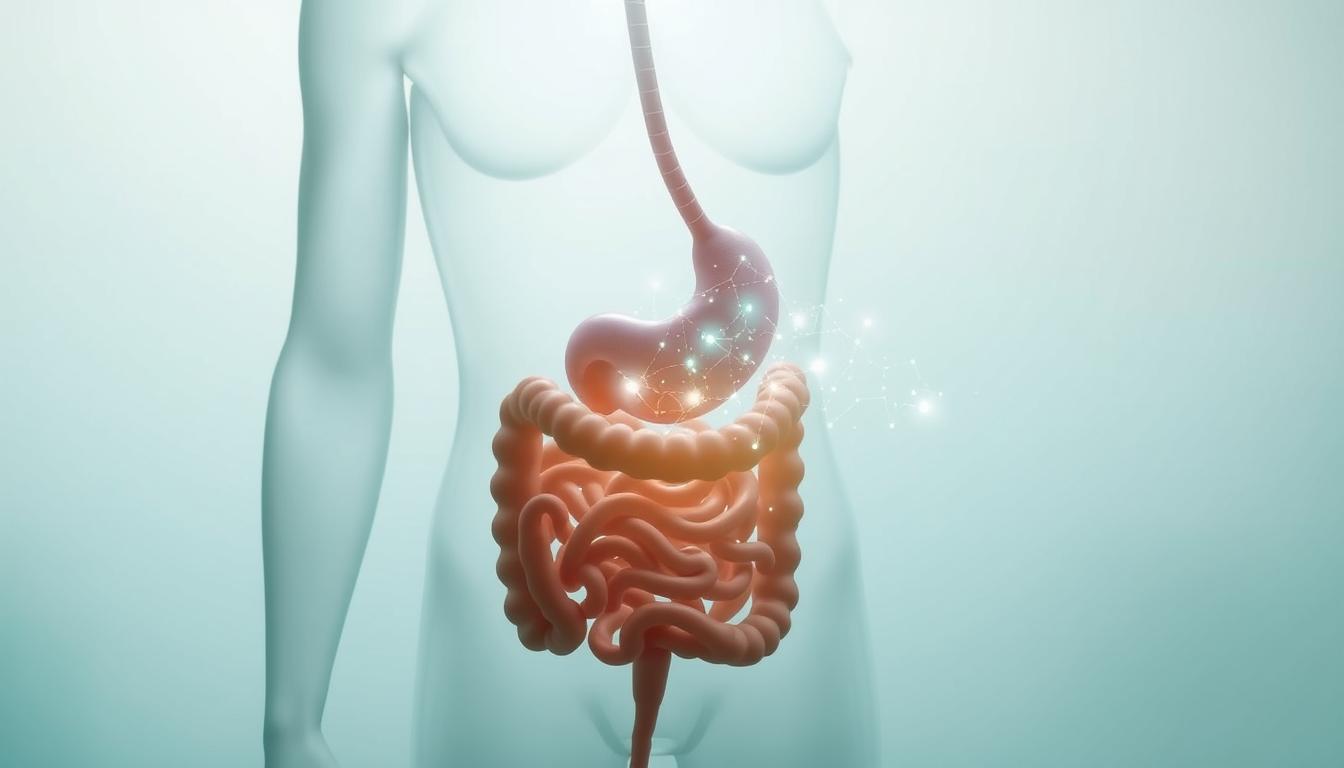When individuals seek to carefully reintroduce solid foods after a period of water-only fasting, essential factors to consider include hydration, electrolyte balance, and gentle digestion. Coconut water stands out as a rehydration beverage due to its electrolyte content – particularly potassium, sodium, calcium, and magnesium. It is also important to consume foods that are easy on the stomach such as broths, soups, and melons. Ideal post-water diet foods comprise a mix of hydration-promoting drinks, electrolyte-rich selections, and soothing meals that collectively aid in the body’s transition from fasting to nourished states.
Key Takeaways
- Nutrient-rich beverages, like coconut water, essential for rehydration post-fast.
- Broths and soups are gentle on the stomach and promote hydration and electrolyte balance.
- Fruits and vegetables with high water content are effective in aiding digestion.
- Hydrating and electrolyte-rich foods are critical for a healthy diet after water cleanse.
- Balancing gradual reintroduction of solid foods to avoid digestive issues is crucial.
Introduction to the Post-Water Diet
The period following a water fast requires careful attention to nutrition and hydration to replenish the body’s depleted stores and prevent gastrointestinal distress. Fasting, which typically lasts 24-72 hours, can lead to dehydration and loss of electrolytes, making it essential to select the right foods for this transition phase. A proper eating plan after water fast includes hydrating beverages like coconut water, which is rich in essential electrolytes such as potassium, sodium, calcium, and magnesium.
Broths and fresh fruits are also ideal for the post-water diet as they provide vital nutrients without overwhelming the digestive system. Understanding that fasting can disrupt normal thirst signals, individuals should proactively manage their hydration by consuming these foods regularly. Choosing the right foods to break water fast is crucial to avoiding refeeding syndrome, which can occur if the transition back to regular eating is too abrupt.
The concept of a water diet and its subsequent dietary phase emphasizes the need to respect the body’s adjusted digestive capabilities. For instance, consuming bone broth can provide collagen which aids in tissue repair, while fresh fruits containing high water content can be gentle on the stomach. It’s essential to understand what to eat after water diet adjustments for the body to smoothly acclimate back to solid foods, maintaining a balance between hydration and nutrition.
What to Eat After Water Diet
Transitioning from a water-only diet requires cautious reintroduction of foods that ensure hydration and essential nutrient replenishment. Careful selection of foods that are gentle on the digestive system can make this process smoother and more effective.
Coconut Water
After a water-only diet, coconut water is an excellent choice. It not only replenishes fluids but also provides essential electrolytes such as potassium, sodium, calcium, and magnesium. Consuming coconut water slowly helps to avoid any potential stomach upset and ensures the body absorbs the nutrients efficiently.
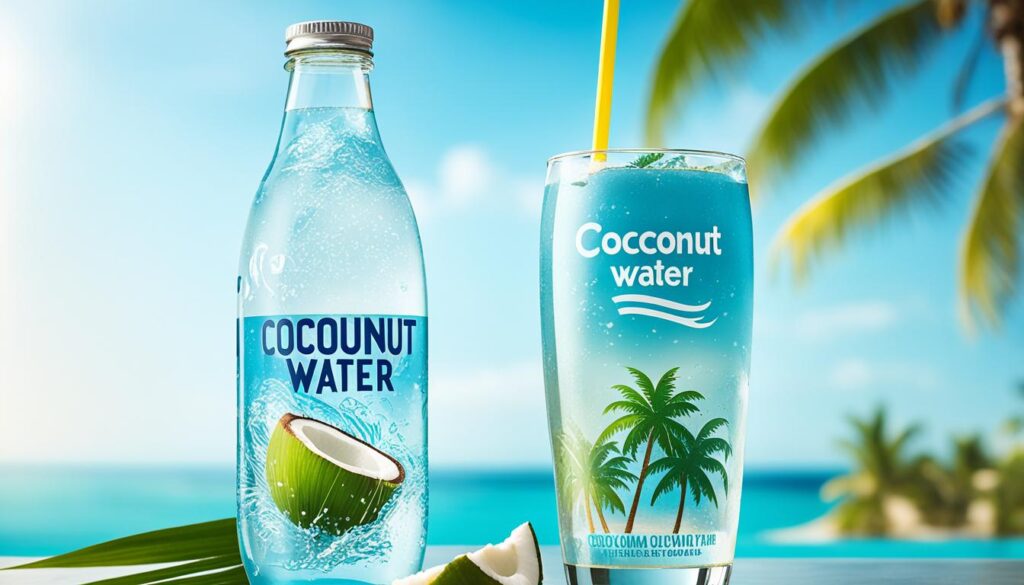
Broths and Soups
Broths and soups are ideal for hydration and nutrient replenishment. They offer essential nutrients, including collagen from animal bones, which aids in tissue repair. For plant-based options, consider vegetable broths and soups rich in antioxidants and easy-to-digest components.
- Bone broth – rich in collagen and minerals.
- Vegetable broth – packed with vitamins and easily digestible.
Fruits and Vegetables
Fresh fruits and vegetables are perfect for those looking to restore hydration and important nutrients after a water-only diet. They are gentle on the digestive system, making them great for the transition phase. Watermelon, honeydew, and cantaloupe, in particular, offer high water content and ease of digestion, making them fantastic choices for rehydration.
“Fruits and vegetables, such as hydrating melons and nutrient-dense greens, can provide a balanced diet after a water-only diet.”
Recommended Post-Water Diet Foods
| Food | Benefits | Recommended Quantity |
|---|---|---|
| Coconut Water | Replenishes electrolytes and fluids | 1-2 glasses per day |
| Bone Broth | Provides collagen and minerals for tissue repair | 1 cup per meal |
| Vegetable Soup | Rich in vitamins and antioxidants | 1 bowl per meal |
| Watermelon | High water content for hydration | 1-2 servings per day |
| Honeydew | Gentle on the stomach and hydrating | 1-2 servings per day |
- Nutritious meals after water detox include hydrating fruits and balanced diet options like coconut water and broths and soups.
- These foods not only provide essential nutrients but are also gentle on the digestive system.
Integrating these nutritious and hydrating options can help ensure a smooth transition from a water-only diet to a balanced diet without overwhelming the system.
Nutritious Meals to Replenish After a Water Diet
After completing a water diet, it’s essential to reintroduce nutrient-dense, easily digestible foods to support the body’s recovery. The transition from fasting to eating must be handled with care to avoid digestive issues and ensure that the body’s nutrient needs are met. Including post-water diet meal options like smoothies and whole grains can significantly ease this transition.
Smoothies
Smoothies are an excellent choice for post-water diet meal options due to their versatility and ease of digestion. By blending a hydrating base such as coconut water or almond milk with a variety of fruits and vegetables, individuals can create a nutrient-packed meal that’s gentle on the stomach. Adding ingredients like ginger or mint can help alleviate nausea, which is common after prolonged fasting. Smoothies provide an easy way to incorporate essential nutrients quickly and effectively.
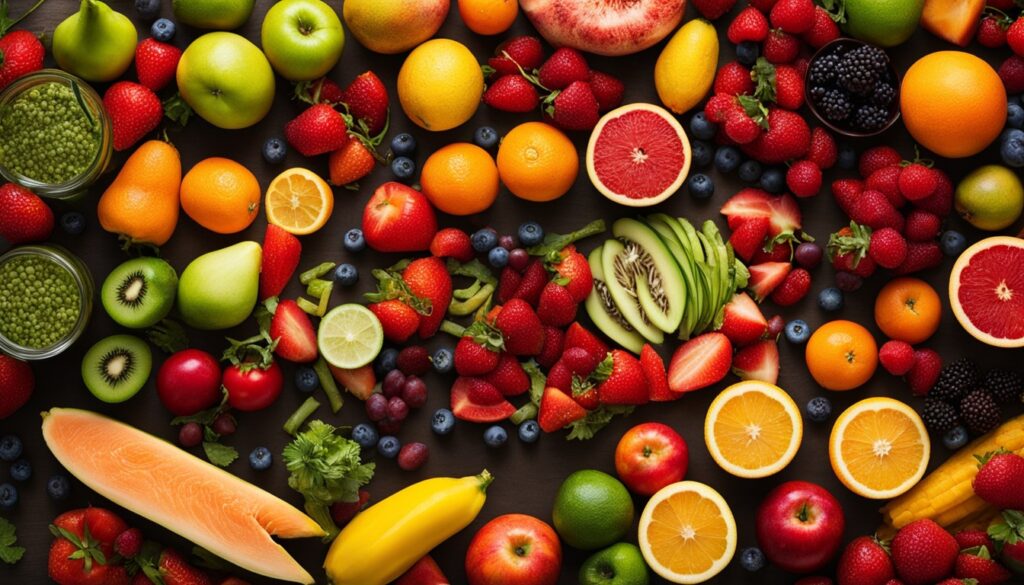
Whole Grains
Whole grains like oats, quinoa, and brown rice are fundamental components of post-water diet meal options. These grains offer a rich source of fiber and essential nutrients without overwhelming the digestive system. Whole grains support a gradual reintroduction of complex carbohydrates, aiding in stabilizing blood sugar levels and providing a steady release of energy. Incorporating these grains into meals helps ensure a balanced and nourishing diet post-fast.
- Oats: High in fiber and easy to digest, making them perfect for a gentle break from fasting.
- Quinoa: A complete protein source that is light on the stomach and nutrient-dense.
- Brown Rice: Offers sustained energy release and beneficial fiber content.
Balancing post-water diet meal options with a mix of smoothies and whole grains can facilitate a smooth dietary transition, helping the body gradually adapt and recover from fasting. These foods provide hydration, essential nutrients, and digestive ease, which are crucial during this stage.
Best Foods After Water Fasting
Choosing the best foods after water fasting is critical for restoring balance and promoting a healthy diet after water cleanse. Post-fast, the body benefits significantly from natural and minimally processed foods that support wellbeing and nourishment.
One nourishing option is bone broth, rich in collagen protein, which aids in tissue repair and gut health. Additionally, densely nutritious vegetables like leafy greens provide essential vitamins and minerals without overburdening the digestive system. Another excellent inclusion in a balanced diet after water-only diet is healthy fats from sources such as avocados or olive oil. These fats support various body functions and maintain satiety.
When considering the best foods after water fasting, hydration should not be overlooked. Fruits that offer high water content and are easy on the stomach—like berries and watermelon—are highly recommended. Furthermore, fermented foods like kefir and yogurt are beneficial for rebuilding gut bacteria balance; 85% of respondents find these probiotic-rich foods helpful post-water fasting.
Consuming minimally processed, whole foods is crucial to maximizing health benefits when returning to regular eating after fasting.
Additionally, when integrating the best foods after water fasting, it’s important to recognize that supplements may affect the body’s state of ketosis. For instance, supplements like gummy multivitamins and branched-chain amino acids are more likely to break a fast, while options such as pure collagen, fish or algae oil, and probiotics are less likely to interrupt the fasting state.
Ultimately, a balanced diet after water-only diet ensures a smooth transition and steady replenishment of nutrients, supporting both immediate recovery and long-term health goals.
Post-Water Diet Meal Options
Transitioning back to regular eating after a water fast necessitates a thoughtful approach. Incorporating the right post-water diet meal options can aid in easing the digestive system into handling solid foods without overwhelming it. It is essential to choose foods that are gentle and nutritious to regain strength and vitality.
On the first day, consider starting with clear liquids like vegetable or chicken broths. These options are hydrating and gentle on the stomach. Gradually, one can progress to freshly prepared, 100% fruit or vegetable juices mixed with water at a 1:1 ratio. This method supports a smooth transition by slowly reintroducing essential nutrients.
Over the course of approximately four days, it is advised to incorporate a diverse range of soft, well-cooked vegetables such as broccoli and cauliflower. Lean proteins like skin-on fish and grilled chicken are recommended for their ease of digestion and nutrient density. Complex carbohydrates from whole grains like quinoa and brown rice can also help replenish energy levels without causing digestive distress.
To avoid digestive shock, individuals should start with small, manageable meals and gradually increase portion sizes. An eating plan after water fast typically includes simple meals like undressed salads, plain crackers, fresh fruits, and dairy products such as yogurt or milk. These foods provide a balance of proteins, vitamins, and minerals necessary for recovery.
| Timeline | Foods to Break Water Fast |
|---|---|
| Day 1 | Vegetable or chicken broth, 100% juice mixed with water |
| Day 2-3 | Soft-cooked vegetables, plain crackers, undressed salad |
| Day 4 | Lean proteins, whole grains, fresh fruits, dairy products |
Conclusively, a well-structured eating plan after water fast ensures that the body acclimatizes back to regular meal consumption smoothly and healthily. By choosing the right foods to break water fast, individuals can stabilize their digestive health while maintaining the beneficial effects of water fasting.
Conclusion
Transitioning back to regular meals from a water diet is a careful process that demands thoughtful food choices. Most people choose to water fast for 2-3 days, but healthy individuals can undergo a 7-day water fast yielding benefits like reduced stress, increased well-being, weight loss, and improved hydration and urinary health. However, longer fasting periods can risk starvation and cause adverse effects. Understanding what to eat after water diet is essential for restoring nutritional balance and maintaining the benefits of fasting.
After a water fast, it’s paramount to stay hydrated and reintroduce electrolytes and gentle, nourishing foods. Easy-to-digest options such as coconut water, broths, and melons can make this transition smoother. These selections help the body adjust from fasting to regular eating without overwhelming the digestive system. The best foods after water fasting should aim to replenish lost nutrients and support overall health. Individuals should focus on whole, minimally processed foods to maximize the health benefits attained from the fast.
A cautious approach ensures that digestive distress is minimized, and the body can smoothly adapt to eating solids again. While ketosis during water fasting can offer benefits like appetite suppression and enhanced cognitive function, potential side effects include bad breath, constipation, and fatigue. Post-fast, integrating whole grains, lean proteins, and healthy fats gradually can strengthen the foundation for an ongoing healthy lifestyle. This careful transition not only promotes a healthy diet after water cleanse but sets the stage for sustained well-being.
